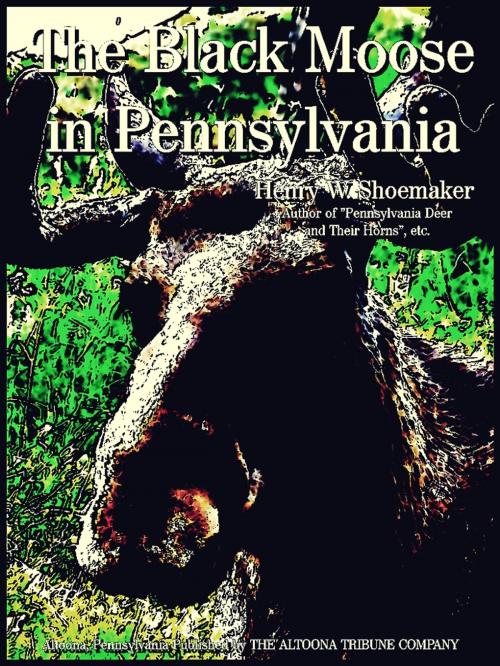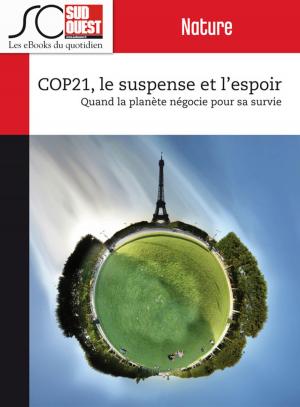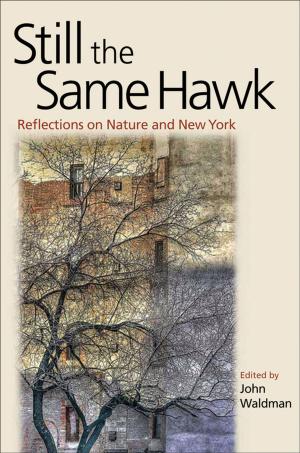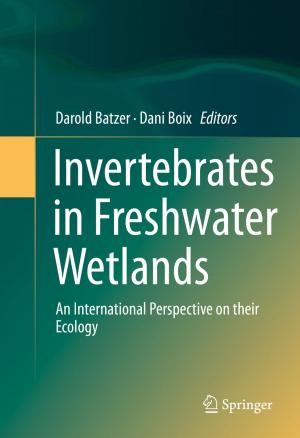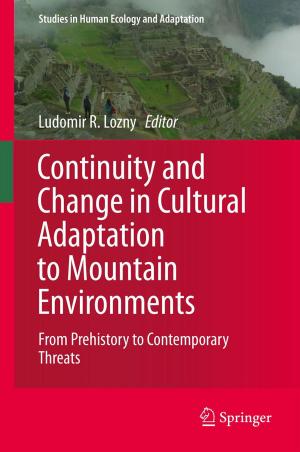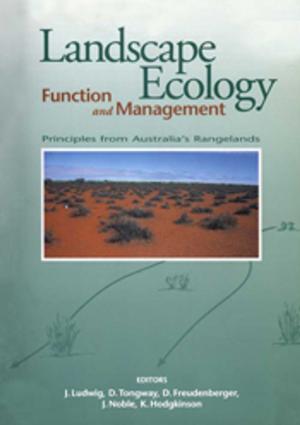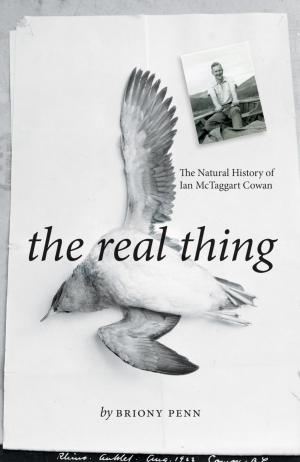The Black Moose in Pennsylvania
Nonfiction, Science & Nature, Nature, Animals, Wildlife, Environment, Ecology| Author: | Henry W. Shoemaker | ISBN: | 1230000279112 |
| Publisher: | THE ALTOONA TRIBUNE COMPANY | Publication: | November 9, 2014 |
| Imprint: | Language: | English |
| Author: | Henry W. Shoemaker |
| ISBN: | 1230000279112 |
| Publisher: | THE ALTOONA TRIBUNE COMPANY |
| Publication: | November 9, 2014 |
| Imprint: | |
| Language: | English |
Example in this ebook
I. FOSSIL REMAINS.
When the writer first visited the hunting lodge home of Seth Iredell Nelson (1809-1905) at Round Island, Clinton County, in August, 1899, he noticed a medium-sized set of moose-horns hanging on the wall of the great Nimrod's living-room. Having heard traditional stories of the occasional appearance of the Black Moose or Original in Pennsylvania, the thought flashed through his mind, "Those may be the antlers of a Pennsylvania Moose." Upon asking Nelson where the horns came from, the magnificent old hunter replied that they were Canadian horns, sent to him some years before by a party who had once hunted with him in Pennsylvania in deer season. "But," added the old Nimrod, "there once were moose in Pennsylvania." Asked if he had ever seen any, he replied that he never had, that the last were gone long before his day, but that he had killed at least 500 elk, sometimes called "grey moose" in the Pennsylvania forests. That same fall, the writer heard that a farmer named John Hennessy, about 1850, as near as could be ascertained, while grubbing stumps on the edge of the Tamarack Swamp in Northern Clinton County, had unearthed a pair of fresh looking moose horns. When Samuel N. Rhoads published his great work, "Mammals of Pennsylvania and New Jersey," in 1903, the writer found little comfort in the assumption that moose had wandered into Pennsylvania in post-Columbian days. This is what Rhoads has to say under title of "Eastern Moose": "The fossil remains of moose have been found in Pennsylvania caves. Certain statements of earliest travellers imply that the moose was found on the west shores of the Hudson River opposite New York and in Northeastern Pennsylvania. There is a Moosic in Lackawanna County; a Moosehead in Luzerne County, and Chickalacamoose in Clearfield County. In Doughty's 'Cabinet of Natural History,' Volume I, Page 281, a Philadelphia correspondent says that the horns of moose were found in a salt lick in the Allegheny Mountains, Pennsylvania, near the New York State line. These items are here noted in support of the theory that the moose in late pre-Columbian times wandered into the Allegheny Mountains of Pennsylvania from its more favored haunts in the lake regions of New York. Miller states 'it once ranged throughout the State of New York.' If this can be verified by history it would be an interesting fact, at once removing any improbability of its range in parts of Northern Pennsylvania, quite as well suited to its needs." Rhoads further states that fossil remains of the East American Moose (Alces Americanus Jardine) dating from the Pleistocene period were found in the Durham Cave, near Reigelsville, Bucks County, and that a skeleton of Scott's Fossil Moose (cervalces scotti Lydekker) also of the Pleistocene period were unearthed from a shell marl beneath a bog at Mount Hermon, Warren County, New Jersey. It will be the purpose of the following pages to endeavor to show that the Black Moose was present in Pennsylvania as an irregular migrant or straggler within the last one hundred and twenty-five years, citing as evidence, the writings of reliable travellers and historians, and the traditions of old hunters who were themselves sons of old hunters. That it is not a case of confusion of Nomenclature, for Rhoads states that somewhere in Dr. B. S. Barton's writings the grey moose or wapiti is called the "Original," will also be demonstrated, as the old-fashioned hunters were very jealous and proud of their knowledge of the different kinds and species of wild animals.
To be continue in this ebook...............................................................................................................
Example in this ebook
I. FOSSIL REMAINS.
When the writer first visited the hunting lodge home of Seth Iredell Nelson (1809-1905) at Round Island, Clinton County, in August, 1899, he noticed a medium-sized set of moose-horns hanging on the wall of the great Nimrod's living-room. Having heard traditional stories of the occasional appearance of the Black Moose or Original in Pennsylvania, the thought flashed through his mind, "Those may be the antlers of a Pennsylvania Moose." Upon asking Nelson where the horns came from, the magnificent old hunter replied that they were Canadian horns, sent to him some years before by a party who had once hunted with him in Pennsylvania in deer season. "But," added the old Nimrod, "there once were moose in Pennsylvania." Asked if he had ever seen any, he replied that he never had, that the last were gone long before his day, but that he had killed at least 500 elk, sometimes called "grey moose" in the Pennsylvania forests. That same fall, the writer heard that a farmer named John Hennessy, about 1850, as near as could be ascertained, while grubbing stumps on the edge of the Tamarack Swamp in Northern Clinton County, had unearthed a pair of fresh looking moose horns. When Samuel N. Rhoads published his great work, "Mammals of Pennsylvania and New Jersey," in 1903, the writer found little comfort in the assumption that moose had wandered into Pennsylvania in post-Columbian days. This is what Rhoads has to say under title of "Eastern Moose": "The fossil remains of moose have been found in Pennsylvania caves. Certain statements of earliest travellers imply that the moose was found on the west shores of the Hudson River opposite New York and in Northeastern Pennsylvania. There is a Moosic in Lackawanna County; a Moosehead in Luzerne County, and Chickalacamoose in Clearfield County. In Doughty's 'Cabinet of Natural History,' Volume I, Page 281, a Philadelphia correspondent says that the horns of moose were found in a salt lick in the Allegheny Mountains, Pennsylvania, near the New York State line. These items are here noted in support of the theory that the moose in late pre-Columbian times wandered into the Allegheny Mountains of Pennsylvania from its more favored haunts in the lake regions of New York. Miller states 'it once ranged throughout the State of New York.' If this can be verified by history it would be an interesting fact, at once removing any improbability of its range in parts of Northern Pennsylvania, quite as well suited to its needs." Rhoads further states that fossil remains of the East American Moose (Alces Americanus Jardine) dating from the Pleistocene period were found in the Durham Cave, near Reigelsville, Bucks County, and that a skeleton of Scott's Fossil Moose (cervalces scotti Lydekker) also of the Pleistocene period were unearthed from a shell marl beneath a bog at Mount Hermon, Warren County, New Jersey. It will be the purpose of the following pages to endeavor to show that the Black Moose was present in Pennsylvania as an irregular migrant or straggler within the last one hundred and twenty-five years, citing as evidence, the writings of reliable travellers and historians, and the traditions of old hunters who were themselves sons of old hunters. That it is not a case of confusion of Nomenclature, for Rhoads states that somewhere in Dr. B. S. Barton's writings the grey moose or wapiti is called the "Original," will also be demonstrated, as the old-fashioned hunters were very jealous and proud of their knowledge of the different kinds and species of wild animals.
To be continue in this ebook...............................................................................................................
